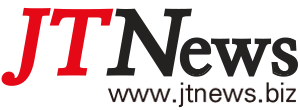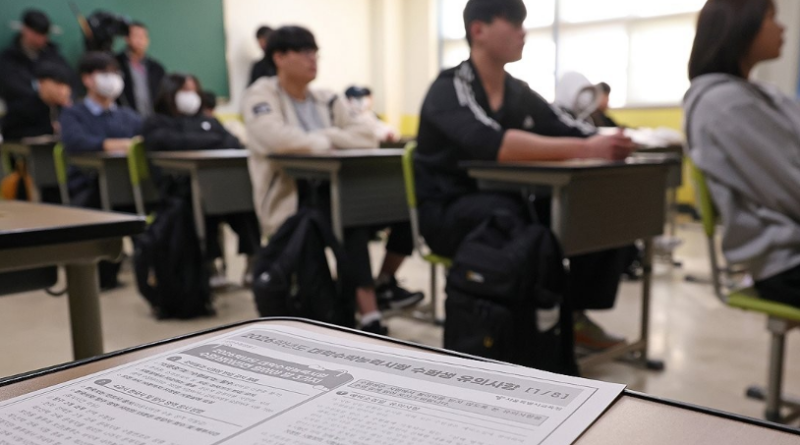2026 CSAT to Be Held on the 13th… 550,000 Test Takers, the Highest in Seven Years

The 2026 College Scholastic Ability Test (CSAT) will be administered nationwide on the 13th across 85 test districts and 1,310 test sites. All candidates must enter their designated test rooms by 8:10 a.m., and the exam will run from 8:40 a.m. to 5:45 p.m. for general test takers.
The integrated CSAT system—combining the humanities and science tracks—introduced in the 2022 academic year will remain in place this year.
■Korean Language : Common section (Reading & Literature) + one elective subject (Speech & Writing / Language & Media)
■Mathematics : Common section (Math I & Math II) + one elective subject (Probability & Statistics / Calculus / Geometry)
The Korean History section remains mandatory, and students who do not take it will not receive a score report.
For the Social and Science Inquiry sections, students may choose up to two subjects from a combined list of 17 subjects.
In the Vocational Inquiry section, students may choose up to two subjects from six options, but if they choose two, they must include the core vocational subject ‘Career and Life Planning.’
For the Second Foreign Language/Chinese Characters section, students may select one of nine available subjects.
Scores for English, Korean History, and Second Foreign Language/Chinese Characters are reported under an absolute grading (grade-based) system.
The government’s policy of eliminating so-called “killer questions”—ultra-difficult items—will continue this year.
The Korea Institute for Curriculum and Evaluation reaffirmed that all items will be written within the scope and difficulty level of the high school curriculum.
Last year’s CSAT was evaluated as having maintained appropriate differentiation across all subjects even without killer questions.
As more universities, particularly in science and engineering fields, accept Social Inquiry subjects for minimum admission requirements, the trend known as “satum-run”—natural science students switching from Science Inquiry to Social Inquiry—is expected to intensify. This is anticipated to be a major variable affecting difficulty levels and cutoff scores.

A total of 554,174 students have registered for this year’s CSAT, an increase of 31,504 (6.0%) from last year—marking the largest cohort since the 2019 academic year.
- Current high school students: 371,897 (67.1%) — up 31,120 from last year
→ Due to the unusually high birth rate of the “Golden Pig Year” (2007), the number of third-year students taking the CSAT surged. - Graduates (repeat takers): 159,922 (28.9%) — down 1,862
- GED holders/others: 22,355 (4.0%) — up 2,246
Competition among top-tier students is expected to intensify this year, especially as the number of medical school seats returns to its pre-expansion level of 3,016. Admissions experts predict that “somewhat more challenging questions may appear in order to ensure differentiation among top scorers.”
On the day before the exam, the 12th, scenes of encouragement unfolded at high schools across the country. At Seongji Girls’ High School in Changwon, Gyeongnam Province, a photograph captured a senior student warmly embracing her teacher as she exited campus.
Score reports for the 2026 CSAT will be distributed nationwide on December 5.








